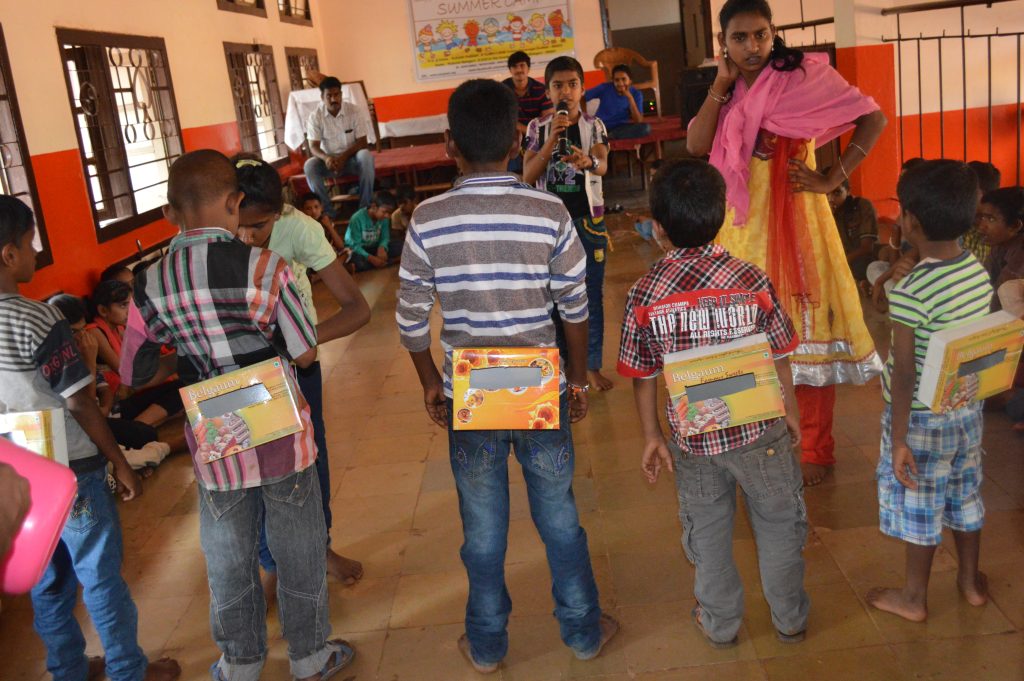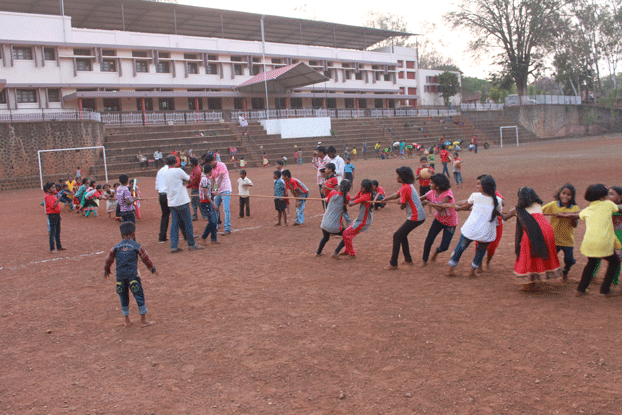ajay



GOAL
This time the camp was specifically focused on addressing the psychosocial problems faced by the HIV-positive adolescents in their day-to-day lives.
Psychosocial problems refer to the difficulties faced by adolescents in different areas of personal and social functioning. Adolescents are vulnerable to psychosocial problems because of physical and physiological changes that occur in their bodies during this developmental stage. But the psychosocial problems faced by adolescents infected with HIV are far worse. To add to this turmoil, some antiretroviral medications cause symptoms of depression, anxiety and sleep disturbance and may make some mental health issues worse. Hence, more emphasis was given in this Camp on Self-Image and Decision Making, Problem Tree Analysis sessions and Communication skills to address the above-mentioned issues.
STRATEGY
The 1st day of the camp began with self-introduction and Empathy Life Skill activities, Communication skills, and a session on awareness of HIV and the importance of Personal Hygiene.
For the session on Communication skills, the participants were divided into groups and the facilitator, through different games, made them understand the importance of communication and how best ideas could be presented effectively and appropriately, by the use of verbal and non-verbal messages through facial expressions, and gestures, etc., as well as the importance of listening, was impressed upon the groups. These games were more of an ice-breaker, which took us to the next session of Self-Image and Decision Making.
In the Self-Image and Decision-Making session, the groups were given a subject matter and were asked to present the matter in the form of a short drama/skit. The skit could also be associated with an event from their own lives and was to be presented accordingly. The children gelled well with their respective group members and presented their skits. Based on what was presented and shared, the specific issues of each participant were picked up and addressed individually.
This was a brief session, which led to the next session which was the highlight of this camp – Problem Tree Analysis



Problem Tree Analysis
The participants were provided with a picture of a tree which could be a way of describing the Problem Tree as having three parts i.e. branches, trunk and roots. The trunk depicted the main problem, while the roots represented the causes of the core problem and the branches represent its effects. Each group was provided around 30 minutes to provide a pictorial representation of the above through their personal problems to have a shared sense of understanding, visualize the issues, and then put them in writing.
Since the participants were adolescents, most of the issues were about the rapid changes in the individual’s life which were mainly characterized by physical, mental, moral, emotional, spiritual, sexual and social changes.
Adding to that is the fact that our adolescents, who are infected with HIV, face more challenges because of the social discrimination, stigma, sexual harassment and poverty.
The participants were encouraged to open out and share their problems / feelings. It was an achievement for us to see each of the participants come out bravely and talk about the heart-wrenching stories of their sufferings. They had to be counseled and consoled, which our session moderators and volunteers took time to do and put them at ease. This session spilled over to the next day as well since all the participants were given sufficient time to speak about their problems.
It was a very fulfilling session but also left our eyes moist. We wrapped up the last session of the 2-day event with Cultural Activities where the participants had an opportunity to exhibit their hidden talents. The adolescents were enthusiastic and energetic. It was fun and necessary after the intense marathon Problem Tree Sessions.
The event came to a close with each of the participants leaving with a takeaway gift, an enjoyable experience, good memories, new friends, and a confident and positive outlook on life. For us at SAIUJYAM, it was a truly humbling experience to have been able to, in some way, touch the hearts and lives of the adolescents and spread some cheer in their lives.


































